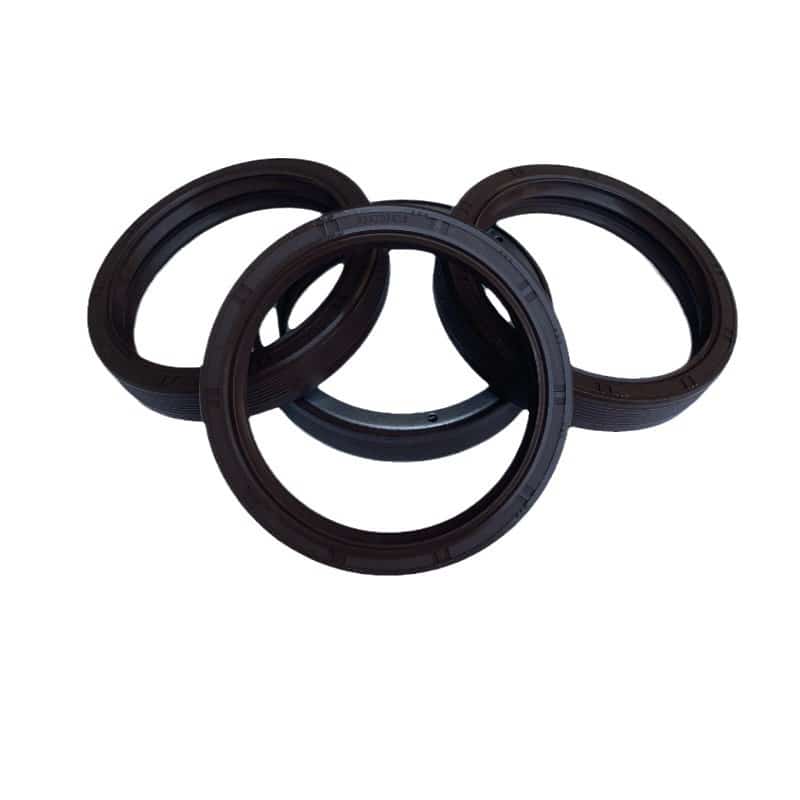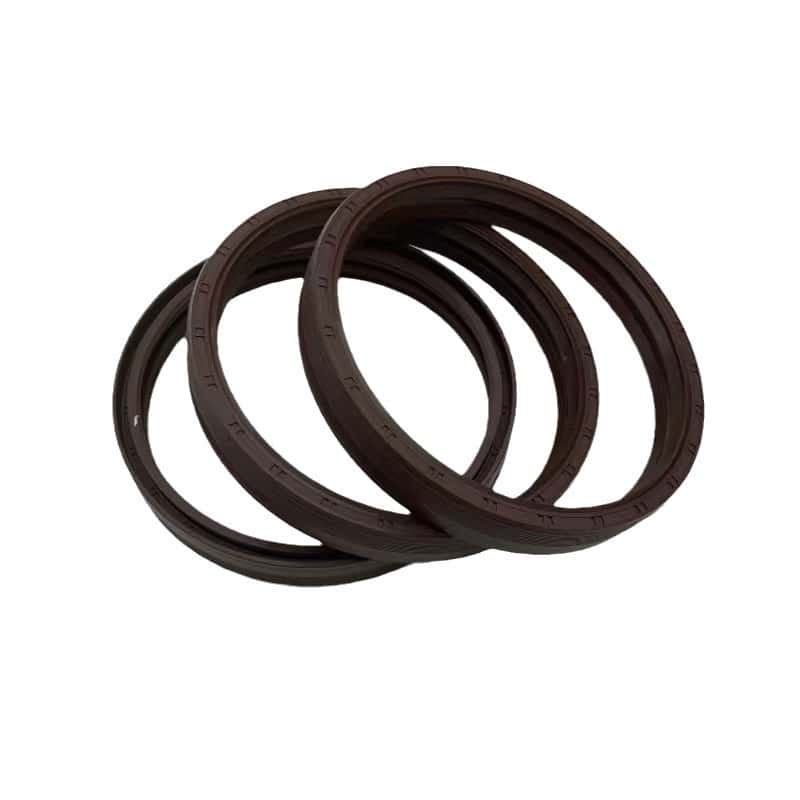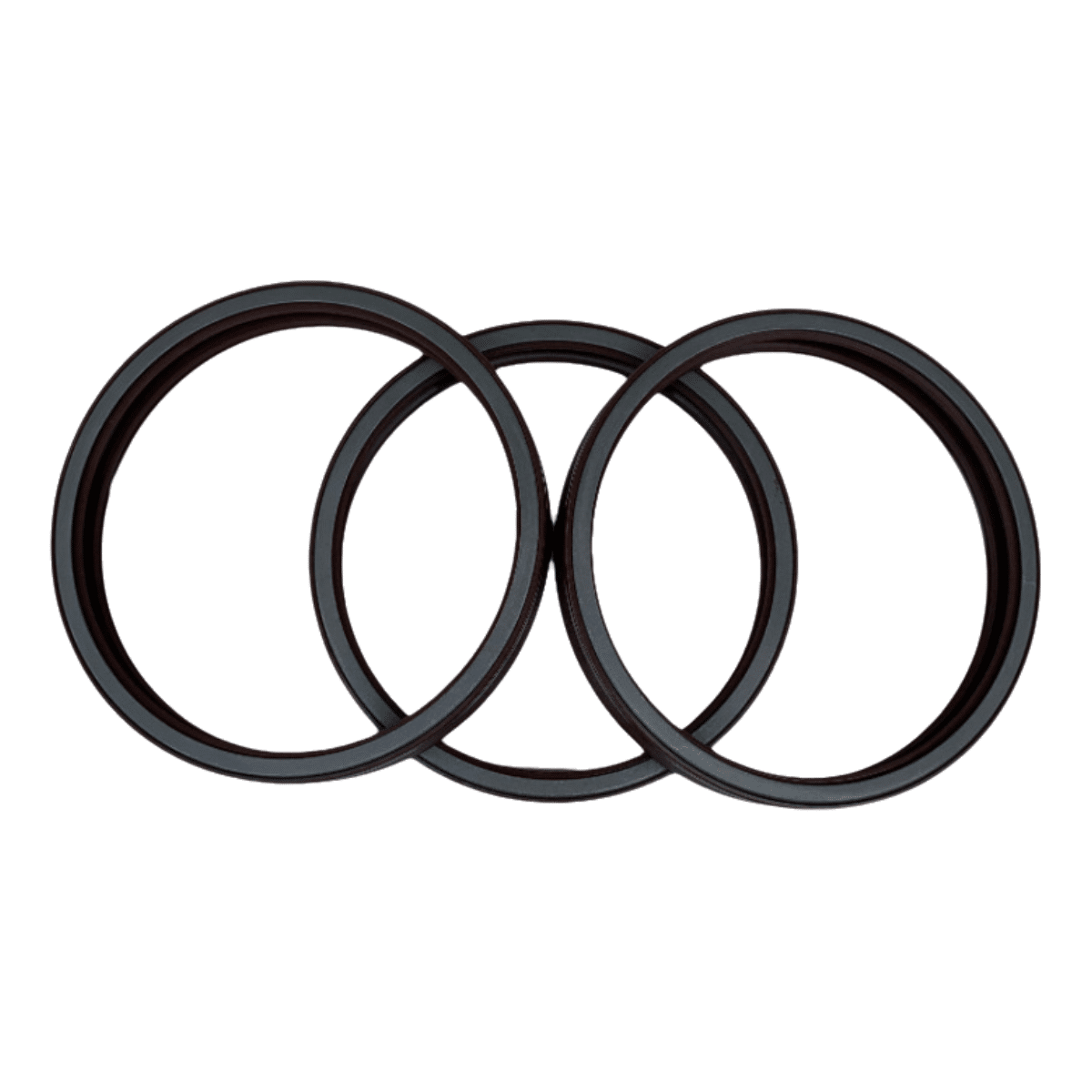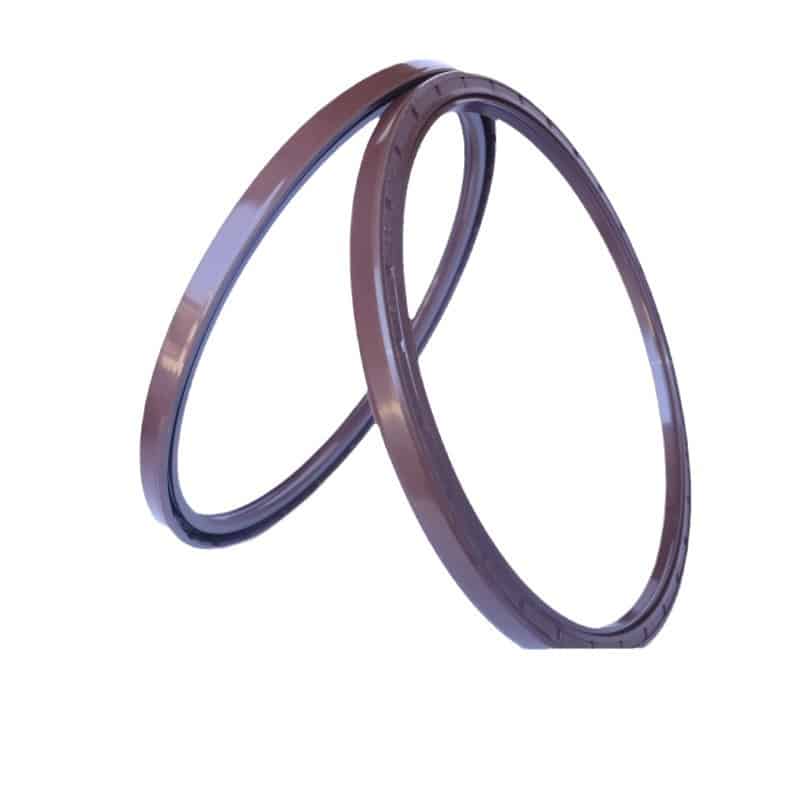When was the last time you thought about your axle seal? If you're experiencing fluid leaks or unexplained noise, ignoring this tiny component could cost you big.
Axle seals prevent fluid leakage and protect your drivetrain from dirt and contaminants—essential for the longevity and performance of industrial and heavy-duty vehicles.

A failing axle seal is easy to overlook until it causes damage to your axle bearings or differentials. In this article, I’ll walk you through what axle seals are, why they matter, and how you can maintain them for optimal performance.
What does an axle seal do and how does it work?
An axle seal is a barrier between your axle and the outside environment. It keeps lubricant in and debris out, ensuring smooth operation and reduced friction on drivetrain components.

Axle seals are critical in everything from forklifts to freight trucks. These seals are located between the axle shaft and the differential or hub, forming a tight seal to contain fluid. When the seal fails, you may see gear oil leaks or even start hearing grinding noises while the vehicle moves.
| Cause | Impact on Equipment | Recommended Solution |
|---|---|---|
| Heat and pressure cycles | Hardened or cracked seals | Use high-temp seals like FKM O-Rings |
| Improper installation | Misalignment leads to leakage | Use tools like O Ring Maker Installer Kit |
| Overfilled differential | Seal gets overwhelmed and leaks | Follow correct fluid volume |
| Dirt and debris intrusion | Surface wear and breakdown | Use double-lip shaft seals with dust protection |
What happens if your axle seal is leaking?
A leaking axle seal can start as a minor inconvenience but end in serious mechanical failure.
When lubricant escapes from the differential or axle housing, gears start running dry. This causes friction, overheating, and ultimately damages your drivetrain. You’ll also notice staining under the vehicle or smell burnt oil.

Typical indicators of a leak include:
- Visible oil puddles under the axle
- Grinding noise while moving
- Grease buildup on wheels or brakes
- Vibrations at higher speeds
Check this detailed guide on automotive oil seals to avoid further damage.
How long should an axle seal last?
A quality axle seal in standard conditions can last 50,000–100,000 kilometers. But high temperatures, rough usage, or low-grade materials can drastically shorten this.

| Material | Average Lifespan | Best For |
|---|---|---|
| NBR | 50,000–70,000 km | Everyday industrial use |
| FKM | 80,000–100,000+ km | High heat and pressure environments |
| PTFE | 100,000+ km | Chemically aggressive applications |
Explore our Seal Material Comparison Guide to choose wisely.
How do I know if my axle seal needs to be replaced?
Key warning signs include:
- Residual oil around the axle flange
- Moisture or grime buildup near the wheel
- Low differential fluid levels
- Rear brake contamination from oil seepage

Routine inspections and early diagnosis can prevent expensive repairs. Our installation guide explains how to check and replace seals.
Can a bad axle seal cause transmission problems?
Yes. In vehicles where the axle connects to the transmission, a damaged seal can result in transmission fluid leakage, leading to slipping gears, overheating, or full failure.
We recommend our OEM axle seals to reduce pressure and enhance sealing.
Conclusion
Axle seals may be small, but their role is huge. They protect your entire drivetrain by keeping lubricant in and contaminants out.
Related topic
Oil Seal Guide: Top 5 Tips for Reliable Ops
How to Install an Oil Seal Without Leaks
What Causes Shaft Seal Failures and How to Prevent Them
Need help with axle seal replacement or OEM sourcing?
We supply custom-fit axle seals for trailers, trucks, machinery, and more.
📧 Email: [email protected]
📲 WhatsApp: +86 17622979498


